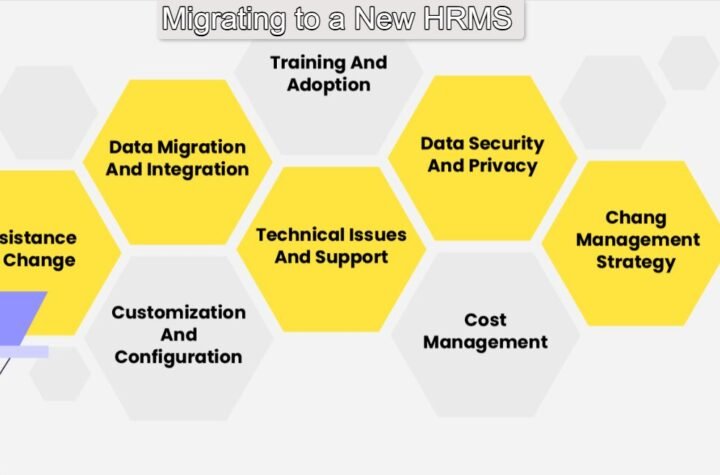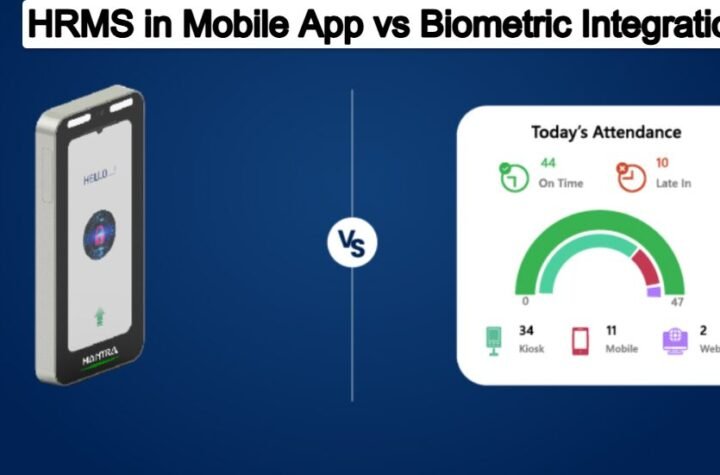
A beginner’s guide to cloud computing and how the cloud works
Unless you’ve been living under a rock for the last few years, you’ll likely have heard the term, ‘the cloud’ thrown around as yet another of those promotions buzzwords so loved by marketing companies. Indeed, one might reasonably argue one of the biggest problems with tech (and tech marketing) is the industry’s fondness of creating terms that do little to describe how their systems work or what they do – for example, 5G, Big Data and, of course, the cloud.
What is the cloud?
Contrary to what the name suggests, ‘the cloud’, has nothing to do with the white fluffy things you see in the sky. Rather, cloud technology refers to networked servers that deliver a service to users, typically via the Internet. When someone says they’re using ‘cloud storage’, they really mean they’re storing files on distant computer networks.
As for the term, ‘cloud computing’, this builds upon the storage concept and refers to the practice of running apps or using the processing power of remote servers to perform functions – often far more complex than could be handled natively on the local device.
Cloud computing can be seen all over the internet in everything from photo editing sites like Photopea and Google Photos to email apps like Gmail. Cloud computing services are normally accessed via a web browser or through a dedicated app and pass often complex operations through an interface to remote servers for processing.
How technology and connection speeds combined to grow cloud services
The primary reason for the growth in cloud services has been the huge improvements in server technology, software, and connection speeds that have made remote processing a viable proposition. In the old dial-up 56k days, the concept of transferring large files over the web simply wasn’t feasible.
However, with the advent of blisteringly fast fiber-optic fixed lines and the mass rollout of quicker mobile services like 5G, the cloud internet revolution has become a reality. Couple that with faster, more powerful servers (again, connected at quicker speeds), and it’s clear to see why cloud computing has become so popular.
The advantages of cloud tech
As cloud services are performed remotely and delivered over the web, even the lowest-powered device can be used to perform highly complex operations, reducing the need to upgrade old or basic devices. Also, as cloud platforms are staffed by highly skilled technicians (e.g. IT professionals that possess the AWS cloud certification or other platform-dependent qualifications), they offer unrivaled security for your precious data.
Popular services you already use that are cloud-based
While you might not think you make much use of cloud services, the reality is likely very different. Some of the most popular social media platforms like Twitter and Pinterest have used the cloud to grow their services while media streaming apps like Spotify and Netflix rely on cloud servers to keep their customers entertained.
As mentioned above, there is also a huge range of other very popular services like Dropbox, Google Drive, Gmail, or outlook.com that are cloud-based. In essence, any service that doesn’t use your handheld’s innate processing power but rather uses web-based services will likely be reliant on cloud tech.





More Stories
Role of HRMS in Mobile App vs Biometric Integration for Right Attendance
HRMS Invensis: Benefits and HRMS Services Offer by Invensis
JCBL HRMS: Key Features and Benefits